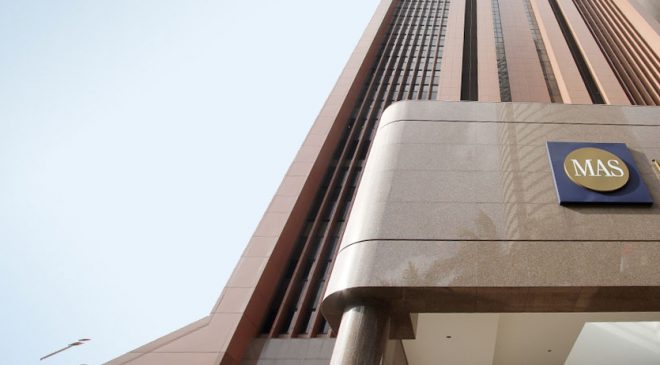
Experiment was supported by J.P. Morgan’s Onyx.
The Monetary Authority of Singapore (MAS) and Banque de France (BdF) have completed a wholesale cross-border payment and settlement experiment using central bank digital currency (CBDC).
The experiment was supported by J.P. Morgan’s Onyx, simulated cross-border transactions involving multiple CBDCs (m-CBDC) on a common network between Singapore and France. This is the first m-CBDC experiment that applied automated market making and liquidity management capabilities to reap cross-border payment and settlement efficiencies.
Cross border payments currently rely on correspondent bank arrangements that are subject to limited transparency on foreign exchange rates, restricted operating hours of payment infrastructures and currency settlement delays due to differences in time zones. To address these challenges, the experiment used a common m-CBDC network, aimed at facilitating cross border payments on a 24 x 7 real time basis.
The experiment simulated cross-border and cross-currency transactions for Singapore Dollar (SGD) CBDC and €uro (EUR) CBDC, and was conducted using a permissioned, privacy-enabled blockchain based on Quorum technology. Four key outcomes were achieved:
- The demonstration of interoperability across different types of cloud infrastructure. Blockchain nodes were set up across private and public cloud infrastructures in both countries.
b. The design of a common m-CBDC network that enabled the two central banks to have visibility on cross border payments, while retaining independent control over the issuance and distribution of their own CBDC.
c. The setup of an experimental m-CBDC network that incorporated automated liquidity pool and market-making service for EUR/SGD currency pairs. The use of smart contracts automatically managed the EUR/SGD currency exchange rate in line with real-time market transactions and demands
d. The simulation of an experimental m-CBDC network that showed that the number of correspondent banking parties involved in the payment chain for cross-border transactions can be reduced. Consequently, the number of contractual arrangements, the KYC (Know Your Customer) burden as well as the associated costs could be cut down.
While the experiment was limited to two central banks, the design of the m-CBDC network enables it to be scaled up to support the participation of multiple centrals banks and commercial banks located in different jurisdictions. This offers great potential to simplify integration and significantly improve cost efficiencies, since a single connection to a common platform is used in place of multiple connections needed in the current correspondent banking model.
This experiment is also one of the last of BdF’s wholesale experiment programme, which will be achieved by fall 2021, said Valérie Fasquelle director of Infrastructures, Innovation and Payments – Banque de France.
“By experimenting the circulation of EUR CBDC in a shared corridor network, the MAS and the Banque de France tested the possibility to provide a link with other CBDCs all over the world,” stated Fasquelle. “It is an opportunity to construct arrangements for multiple CBDCs models, improving cross-border payments and increasing harmonisation of post trade procedures.”
Sopnendu Mohanty chief finTech officer of MAS noted that building a multi-currency shared ledger infrastructure allows participants across countries to transact with each other directly in different currencies.
“This m-CBDC experiment has broken new ground by decentralising financial infrastructure, to improve liquidity management and market making services,” said Mohanty. “It charts the path for scalable CBDC networks where central banks and commercial banks can work together to achieve the vision of cheaper, safer and more efficient infrastructure for cross border payments.”




